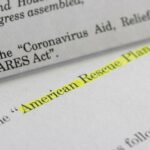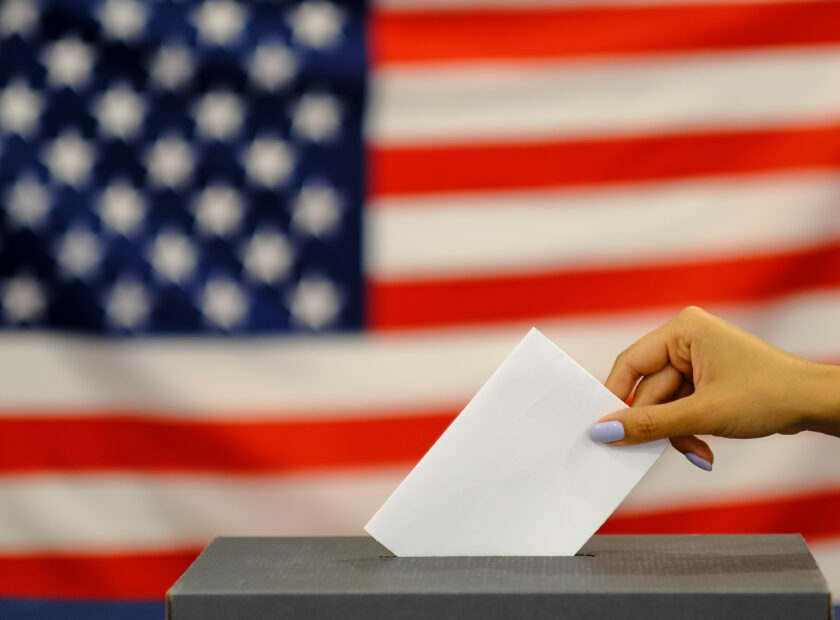U.S. Senators have introduced legislative text for a bipartisan infrastructure deal crafted after months of negotiations and a rare weekend session among a bipartisan group of lawmakers, including both North Carolina U.S. Senators Richard Burr and Thom Tillis. Referred to as the Infrastructure Investment and Jobs Act, the legislation is 2,702 pages detailing $1.2 trillion in total spending, including approximately $550 billion in new spending over five years. In addition to the funding for physical infrastructure projects, such as roads, bridges and waterways, there is also $65 billion to expand broadband access and funding for electric vehicle charging stations.
Once the Senate passes the bill, House action will not likely come until after the body returns September 20 from a summer recess, and it does face major hurdles. The Chairman of the House Transportation and Infrastructure Committee insists that policies in his surface transportation bill be incorporated in the final language and a conference will be needed to work out differences. Meanwhile, Democrats in the House Progressive Caucus said they will not vote for passage of the bipartisan infrastructure deal without the Senate first passing a separate $3.5 trillion package targeting social programs and “human infrastructure” through the budget reconciliation process, which bypasses the need for Republican support in the closely divided Senate. Those lost votes would be enough to prevent it from passing in the House. However, some Senate Democrats who played key roles in negotiating the bipartisan infrastructure deal have said the $3.5 trillion price tag is too high, also enough to prevent passage of that measure in the Senate.
Nevertheless, the Senate deal is a good start. Here are the key components:
- Broadband Internet – The plan would invest $65 billion in high-speed internet to ensure that every household can access reliable broadband service.
- Power Grids – The deal includes $73 billion for power grid upgrades.
- Electric Vehicles – The bill would spend $7.5 billion to build a nationwide network of charging stations for electric vehicles to help accelerate the adoption of non-fossil fuel cars.
- Roads and Bridges – The deal calls for spending $110 billion on roads, bridges and other major projects. This includes $40 billion for bridge repairs and replacement, as well as $17.5 billion for major projects. It also would reauthorize the surface transportation program for the next five years.
- Public Transit – The plan includes $39 billion to modernize transit and improve accessibility. In addition, the deal would continue existing transit programs for five years as part of the surface transportation reauthorization.
- Railways – The deal would allocate $66 billion to Amtrak for maintenance to upgrade tracks in the Northeast Corridor and bring rail service – including high-speed rail – to other areas of the country.
- Electric Buses – The plan includes $5 billion for new school buses, although the program would allow half of that to go toward buses that run on natural gas or diesel. The plan also includes $2.5 billion for ferries.
- Airports and Waterways – The plan would provide $25 billion for airport repairs and efforts to reduce congestion and emissions. That includes encouraging the use of electric and other low-carbon technologies. It would also invest $17 billion in port infrastructure.
- Resilience and Climate Change – The deal includes $50 billion to help communities ward off cyber attacks and the effects of climate change. The funds include money to protect against droughts and floods.
- Drinking Water – The package spends $55 billion to improve drinking water, including dedicated funding to replace lead pipes and dangerous chemicals.
- Environmental Spending – The package has $21 billion dedicated for environmental remediation to address past pollution that harms public health. The plan also includes $1 billion to reconnect communities that have been divided by past infrastructure projects, such as highways splicing through established areas.
- Transportation Safety – The plan would spend $11 billion on transportation safety, including programs to reduce crashes and fatalities, especially for cyclists and pedestrians.
Revenue Raisers
Here are some of the major ways that lawmakers have agreed to offset the cost of the spending:
- $205 billion from using unspent pandemic relief funds appropriated in earlier legislation;
- $56 billion in additional tax revenue from the extra economic growth generated from the infrastructure improvements;
- $50 billion from recouping unemployment benefits claimed by fraudsters;
- $49 billion for delaying the Medicare rebate rule enacted under former President Donald Trump;
- $53 billion from unspent unemployment benefits from states that ended the enhanced payments early;
- $28 billion from increasing tax reporting rules for cryptocurrency investors;
- $21 billion from fees on government-sponsored enterprise;
- $20 billion from spectrum auction sales; and
- $13 billion from a Superfund fee on corporations that pollute.


